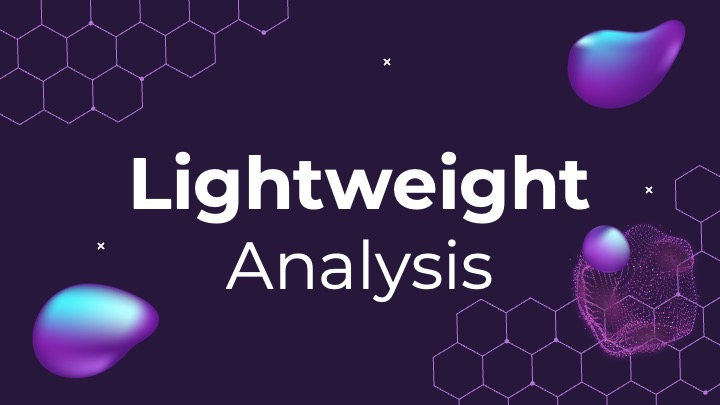Content management systems (CMS) are crucial for keeping online content neat and effective. Here, we're diving into lightweight CMS, which is becoming more popular because they are simple, fast, and easy to handle, especially for startup and enterprise blogs. We'll do a deep dive into the performance of the CMS (with standardized tools) and see how it stands up in real-world use.
Overview of Lightweight CMS
As our subject, we are using the blog on Lightweight's own page, which uses its lightweight headless CMS system integrated with Next.js. This serves as a demo of the service Lightweight is providing (this is also the template design we provide for our customers).
PageSpeed Insights
We tested the performance of the blog by using standardized tools (pagespeed insights)
Here are the results:
Blog Navigation Page
Individual article page
Results and Analysis
Lightweight delivers exceptional performance metrics across all Core Web Vitals, achieving a perfect score of 100. This outstanding result reflects the platform's optimization for speed and user experience.
The system excels in the three key metrics that Google uses to evaluate user experience. First Contentful Paint (FCP) clocks in at just 0.3 seconds, meaning users see initial content almost instantly upon page load. The Largest Contentful Paint (LCP) follows closely at 0.6 seconds, well below Google's recommended threshold of 2.5 seconds. This indicates that the main content becomes visible quickly, reducing perceived load time and keeping visitors engaged
Perhaps most impressively, the Cumulative Layout Shift (CLS) registers at 0, indicating complete visual stability during page load. Users won't experience the frustrating phenomenon of content jumping around as the page loads, which is particularly important for reading-focused experiences like blogs
